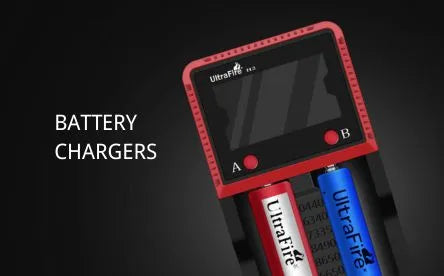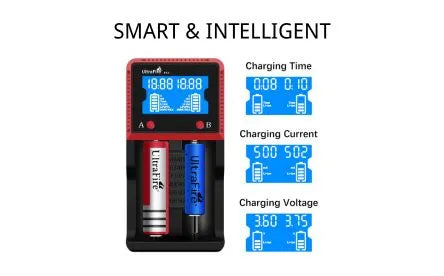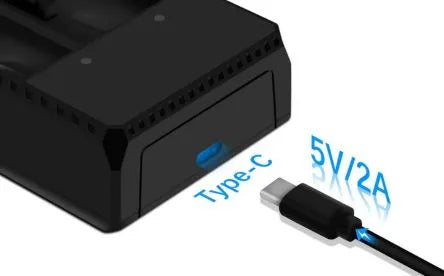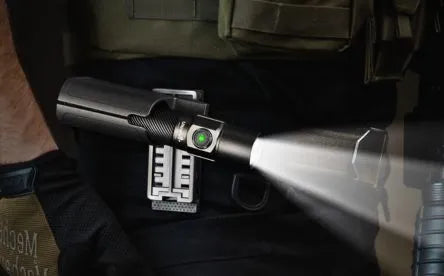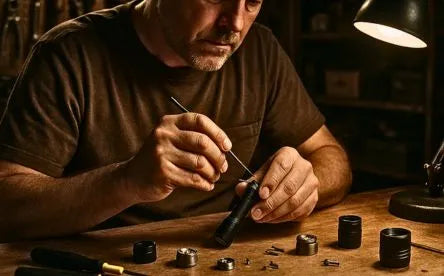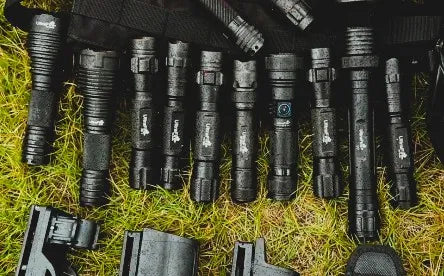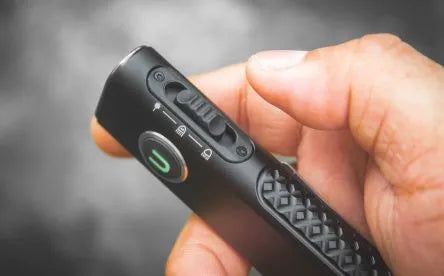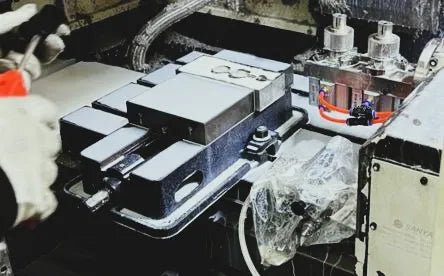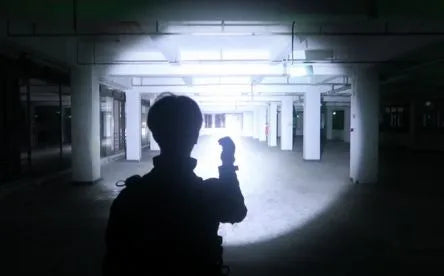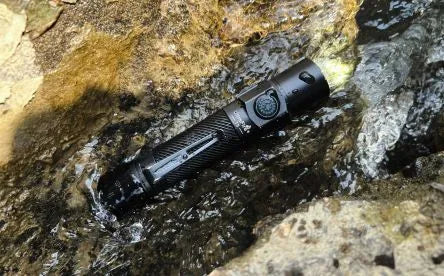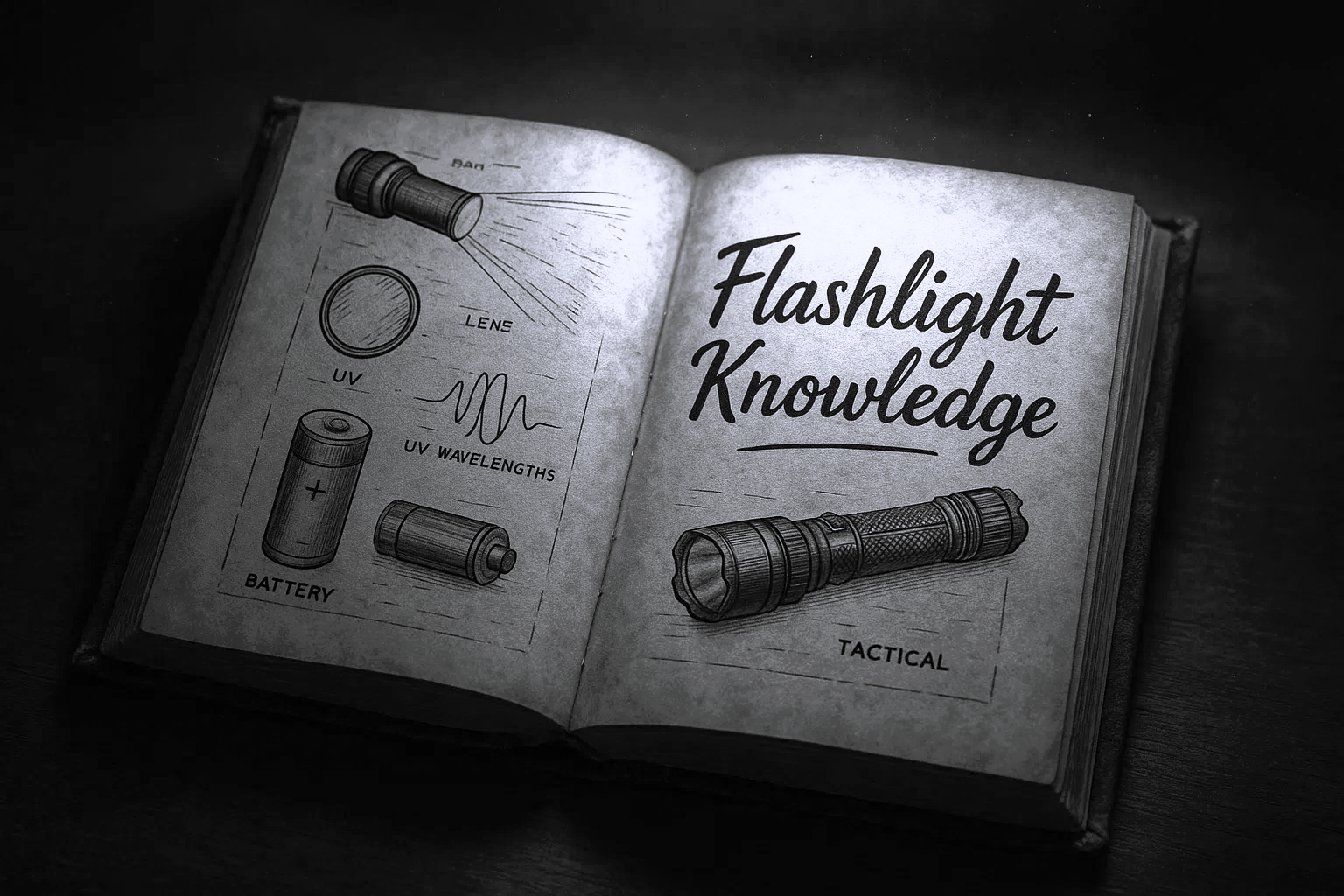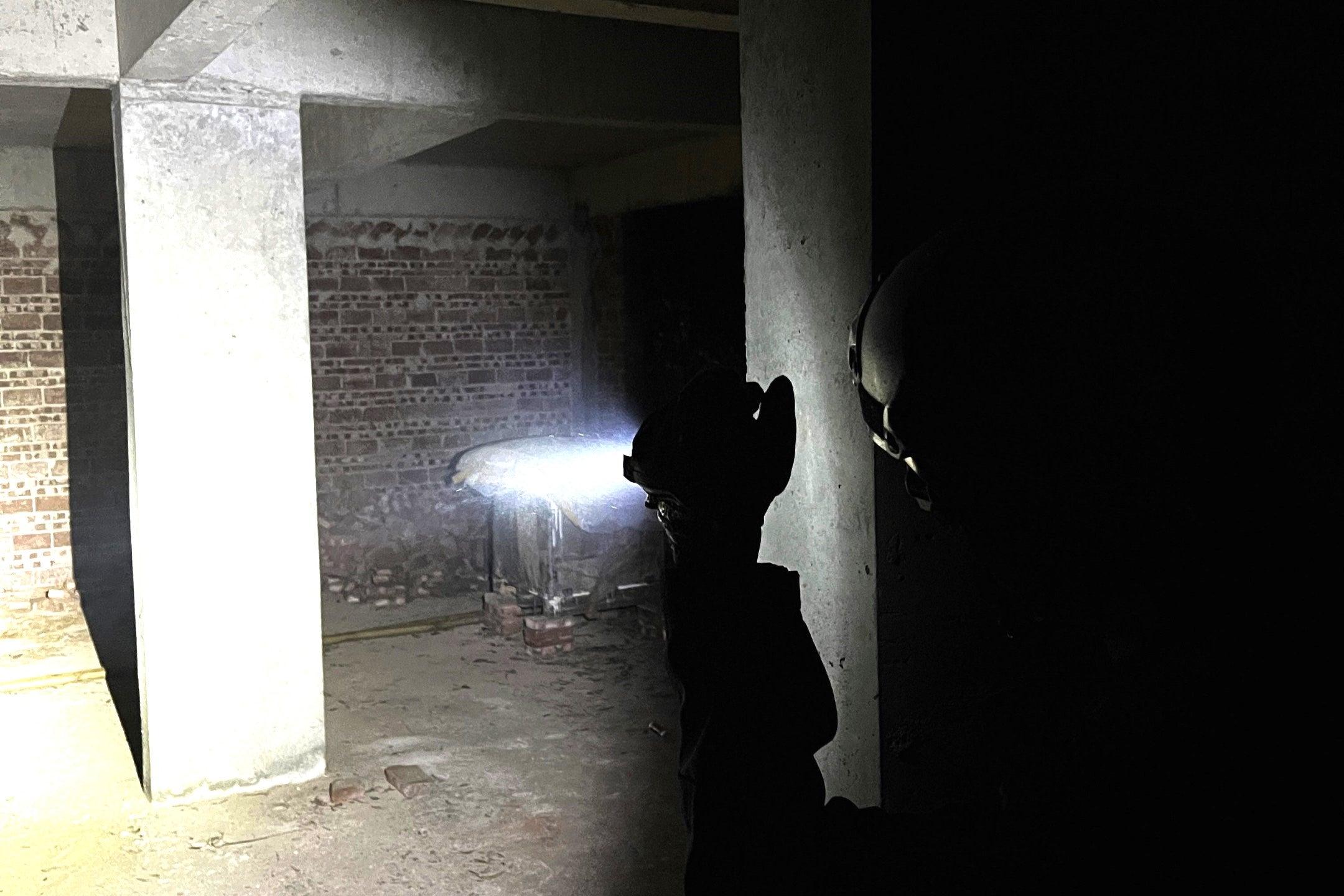Introduction
When shopping for a flashlight, you might come across terms like "beam distance" or "throw." But what exactly does this mean, and why is it so important for flashlight performance? In this article, we’ll break down beam distance, how it affects your flashlight's performance, and how to choose the right beam distance for your needs.
1. Understanding Beam Distance
Beam distance refers to the maximum distance a flashlight’s beam can travel while still producing enough light to be useful. It’s typically measured in meters and indicates how far the light can illuminate a target or area. The greater the beam distance, the farther the flashlight can shine, making it ideal for specific tasks.
Beam distance is affected by several factors, including:
- Lumen Output: Brighter flashlights usually have a greater beam distance.
- Beam Type: A focused beam can travel farther than a wide, floodlight-style beam.
- Reflector Quality: A high-quality reflector will help concentrate the light and increase beam distance.
2. Why Beam Distance Matters
The beam distance of a flashlight determines its suitability for different situations:
- Outdoor Use: When hiking, camping, or hunting, you'll want a flashlight with a long beam distance to illuminate distant objects or trails.
- Search and Rescue: A flashlight with a long beam distance is essential for search and rescue missions, as it helps spot people or objects at great distances.
- Tactical Use: In law enforcement or military operations, a flashlight with a long throw can help identify threats at a distance without giving away your position.
- Home and General Use: For everyday tasks, a shorter beam distance might be sufficient for illuminating close-range areas like hallways, bathrooms, or workspaces.
3. How to Choose the Right Beam Distance
When selecting a flashlight, consider the activities you’ll be using it for to determine the appropriate beam distance:
-
Short-Range Tasks (Up to 50 meters):
- Ideal for indoor use, reading, or camping.
- Look for flashlights with a floodlight-style beam or those with adjustable focus.
-
Medium-Range Tasks (50–200 meters):
- Suitable for walking, biking, or exploring outdoors.
- A flashlight with a moderate beam distance provides enough range for most activities without being overly focused.
-
Long-Range Tasks (200+ meters):
- Perfect for long-distance visibility, such as hiking, wildlife observation, or search-and-rescue operations.
- Look for flashlights with a concentrated beam (spotlight) designed for maximum throw.
4. Beam Distance vs. Floodlight
It’s important to distinguish between beam distance and floodlight capabilities:
- Beam Distance (Throw): A focused, narrow beam that travels farther and is ideal for long-range tasks.
- Floodlight: A wide, soft beam that provides illumination over a larger area but doesn't travel as far.
Many flashlights offer adjustable focus, allowing you to switch between a floodlight for close-range tasks and a spotlight for long-range visibility.
5. Beam Distance in Flashlight Specifications
Flashlight manufacturers often list beam distance in their product specifications. A typical range for beam distance is:
- Low Output Flashlights: 50–100 meters
- Medium Output Flashlights: 100–200 meters
- High Output Flashlights: 200–500 meters
- Ultra-High Output Flashlights: 500 meters or more
It’s important to note that the beam distance listed is usually the distance where the light is still bright enough to see clearly. Beyond this, the light may begin to fade, reducing visibility.
6. Other Factors Affecting Beam Distance
While lumens play a role in beam distance, other factors come into play:
- Beam Shape and Reflector Design: A flashlight with a smooth reflector can produce a more concentrated beam, while a textured reflector results in a more diffuse beam.
- Lens Quality: A high-quality lens ensures maximum light output and efficiency, helping increase beam distance.
- Battery Power: Flashlights with high-powered batteries (e.g., 18650) can sustain longer beam distances for longer periods.
Conclusion
Beam distance is a key factor in determining a flashlight’s performance. Whether you're navigating a dark trail, searching for an object, or simply illuminating your backyard, understanding beam distance will help you choose the right flashlight for your needs.
Explore UltraFire’s range of flashlights, from short-range floodlights to long-distance spotlights, and find the perfect beam for your next adventure.

